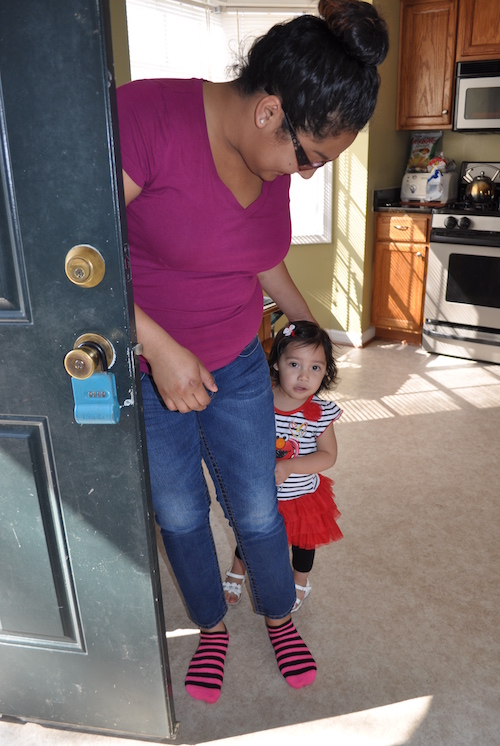 All behavior is a form of communication that has meaning. Every behavior can be described by its form and function.1 Form is the behavior used to communicate. Young children let adults know their wants and needs through their behavior long before they have words. They give us cues to help us understand what they are trying to communicate. Function is the potential reason or purpose for the behavior; more specifically, what the purpose of the behavior is from the child's perspective.
All behavior is a form of communication that has meaning. Every behavior can be described by its form and function.1 Form is the behavior used to communicate. Young children let adults know their wants and needs through their behavior long before they have words. They give us cues to help us understand what they are trying to communicate. Function is the potential reason or purpose for the behavior; more specifically, what the purpose of the behavior is from the child's perspective.
Adults observe children's behavior (form) and try to interpret their cues so they can respond in ways that meet children's wants or needs for using that behavior (function). The importance of responding to the possible meaning of a child's behavior is crucial to their development and learning. For example, a child who bites another child during block play may seem to want the block the other child is playing with. One common response might be to remove her from the block play situation. However, this response does not consider the intent of her behavior and takes her out of the context where she can learn to communicate her feelings in more appropriate ways. It also does not teach the child how to handle situations like this in the future. Although the other children's safety is important, the long-term goal is to support her in learning how to communicate her desires or needs in ways that do not hurt others.
There are many reasons a child might use specific behaviors. It is important for adults to carefully observe children and pay attention to their cues. It is also important for adults to get to know the children in their care so they can better interpret individual children's behavior (or communication). For example, when do they typically get fussy or tired? Do they have a more difficult time managing a specific part of the day, routine, or schedule? This knowledge can help adults better understand what children are trying to communicate through their behavior. When adults respond to children's efforts to tell us what they want and need, children begin to feel more competent and confident as communicators. This encourages them to continue to develop and refine their communication skills.2
However, it is not always easy to figure out the meaning of a child's behavior.
- A single form of behavior may serve more than one function.
Example: A toddler might use biting for several different functions (e.g., "I want the toy you have"; "I want to play with you but don't know how to let you know"; "I'm tired"; "I'm frustrated because you don't understand what I am trying to tell you"; or "I want some attention."). A toddler or preschooler who grabs a toy from another child's hands may have similar reasons for doing so. - Several forms of behavior may serve one function.
Example: A child's purpose may be to play with his favorite blocks, but he uses different forms of behavior (e.g., biting, yelling, grabbing, running away with the blocks, sharing) based on how he is feeling that day, who is playing in the block area, or behavioral expectations he has learned from interactions with others. - The meaning of behavior is greatly shaped by culture, family, and the unique makeup and experiences of the individual child.
Example: Some cultures value group wellness; others value independence. A child from a family that values group wellness may be willing to share all his blocks with other children so everyone can build a tower. A child from a family that values independence may be determined to use all the blocks to build her own tower and other children have to wait until she is through so they can use them.3
There are several considerations that can help education staff and families understand what young children are communicating through their behavior. These include knowing:
- The typical progression of development
- How children learn through relationships
- How that learning influences each child through his or her personal history
- How characteristics such as temperament, culture, language, and presence of a suspected delay or diagnosed disability come into play
1 HHS, ACF, OHS, NCECDTL, Behavior Has Meaning.
2 Ibid.
3 Ibid.
Read more:
Resource Type: Article
National Centers: Early Childhood Development, Teaching and Learning
Last Updated: October 20, 2020
